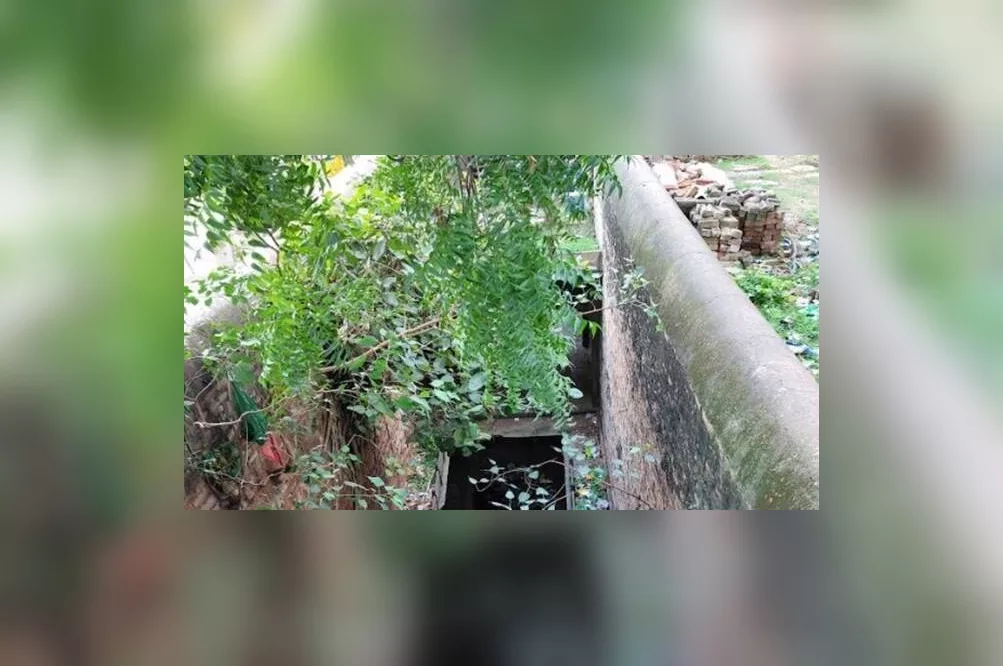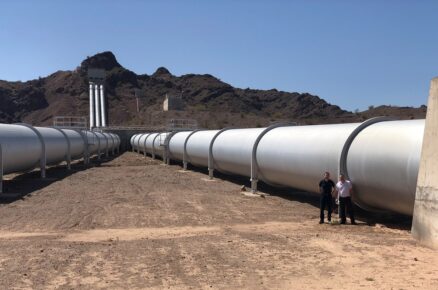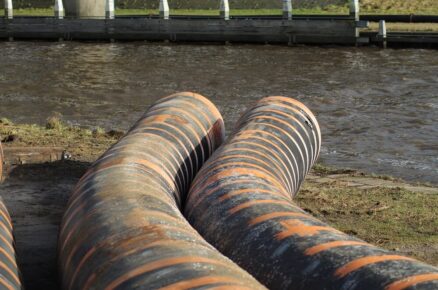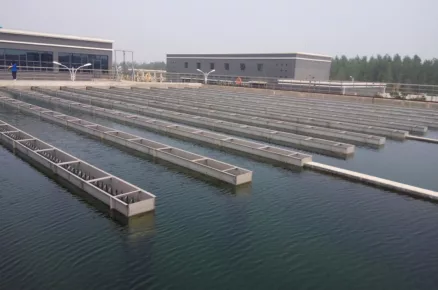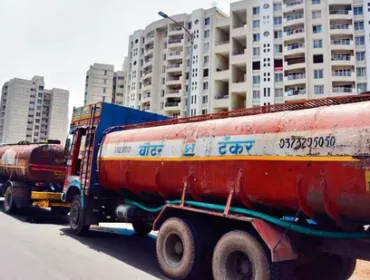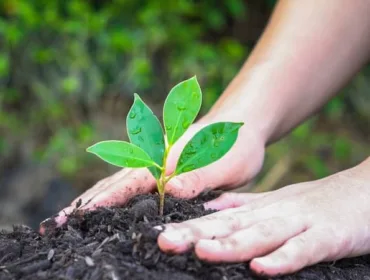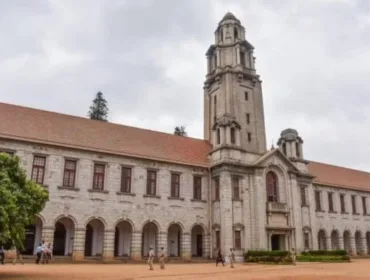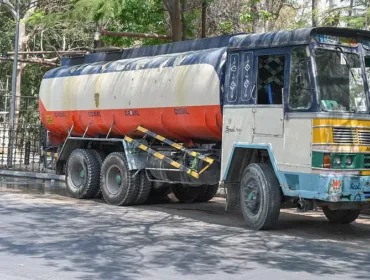As per officials of the Union Ministry of Housing and Urban Affairs that runs AMRUT 2.0, the pilot is expected to be on the ground by the end of this year or early 2024.
WD News: In a unique pilot project under the Atal Mission for Rejuvenation and Urban Transformation (AMRUT) 2.0, 10 cities across the country are getting ready to revive defunct borewells, neglected heritage step wells, and other shallow aquifers in a pilot project to recharge the groundwater as well as mitigate flooding.
The cities – Jaipur, Gwalior, Dhanbad, Kolkata, Rajkot, Thane, Pune, Hyderabad, Bengaluru, and Chennai – were selected due to their historical dependence on shallow aquifer systems and the local urban bodies’ interest in implementing the project, a ministry source said.
While Indian cities depend on surface water supply, like rivers, about 40 percent of the supply comes from groundwater, the level of which is fast depleting and needs to be recharged, said Dr. Uday Bhonde, a senior program specialist with the National Institute of Urban Affairs (NIUA), which, along with not-for-profit ACWADAM and Biome Environmental Solutions, is a technical partner for the project. The United Nations World Water Development Report 2022 said India was the “largest groundwater user globally”.
“Water scarcity as well as the flooding situation can be addressed by recharging the groundwater. Our objective is to sensitise the urban local bodies’ officials and to demonstrate with different interventions that we can improve the groundwater table,” said Dr. Bhonde.
Ranging from 3 metres to 5 metres in depth, the shallow aquifers can be recharged relatively quicker, and by using less energy, compared to the deeper ones, he said. Once recharged, the water can be used by the local communities. Informal settlements tend to rely on shallow aquifers for water supply, he said.
He said that sensors would be installed at these locations to measure the level of groundwater before and after the interventions. Each city would be given Rs 20 lakh for the project, and five locations each have been selected. The process of signing tripartite agreements with the city, NIUA, and a local partner agency is currently on, after which the tenders will be floated. By October, some of the projects would start to be implemented.
While Indian cities depend on surface water supply, like rivers, about 40 percent of the supply comes from groundwater, the level of which is fast depleting and needs to be recharged, said Dr. Uday Bhonde, a senior programme specialist with the National Institute of Urban Affairs (NIUA), which, along with not-for-profit ACWADAM and Biome Environmental Solutions, is a technical partner for the project. The United Nations World Water Development Report 2022 said India was the “largest groundwater user globally”.
“Water scarcity as well as the flooding situation can be addressed by recharging the groundwater. Our objective is to sensitise the urban local bodies’ officials and to demonstrate with different interventions that we can improve the groundwater table,” said Dr. Bhonde.
Ranging from 3 metres to 5 metres in depth, the shallow aquifers can be recharged relatively quicker, and by using less energy, compared to the deeper ones, he said. Once recharged, the water can be used by the local communities. Informal settlements tend to rely on shallow aquifers for water supply, he said.
He said sensors would be installed at these locations to measure the level of groundwater before and after the interventions. Each city would be given Rs 20 lakh for the project, and five locations each have been selected. The process of signing tripartite agreements with the city, NIUA, and a local partner agency is currently on, after which the tenders will be floated. By October, some of the projects would start to be implemented, said Dr Bhonde.
The city-specific projects include the revival of Mohammadwadi stepwell and stabilisation of Dhayari Pond’s banks in Pune; the restoration of Bengaluru’s heritage well at Avalahalli; restoration of the open well at Janak Tal and stepwell at Senapati Hanuman Mandir in Gwalior; repair of a stepwell at Jhut Ki Bawari and construction of a pipeline in Jaipur. New rainwater harvesting systems and recharge pits are also a part of proposed interventions by cities.
Source & image courtesy: The Indian Express (P) Ltd
https://tinyurl.com/52zwu797



